Bats get a bad rap, but they’re some of the coolest creatures on the planet. They navigate the night with built-in sonar, feast on thousands of mosquitoes in a single evening, and even help grow your favorite fruits.
Yet, they’re often misunderstood—blamed for spooky myths and vampire lore. Did you know some bats purr like kittens?
Or that there’s a species that looks exactly like a fluffy white cotton ball? Forget everything you thought you knew because these flying mammals are full of surprises.
Get ready to uncover 16 bizarre, mind-blowing facts about bats that will make you see them in a whole new light!
Echolocation Superpowers
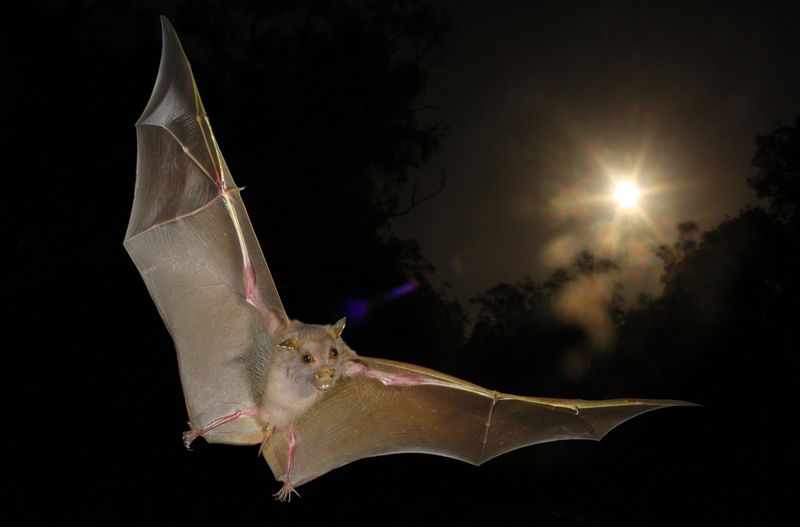
Bats possess an extraordinary ability to navigate and hunt using echolocation, emitting high-frequency sounds that bounce off objects and return as echoes. This skill allows them to locate prey in complete darkness with remarkable precision.
Unlike radar, which relies on radio waves, echolocation uses sound, making it an efficient tool for nocturnal hunters. Some species can even distinguish between different types of insects based solely on the echoes they receive.
This sophisticated system highlights the bat’s incredible adaptability and evolution as a nighttime predator, challenging the myth that bats are blind.
Varied Diets
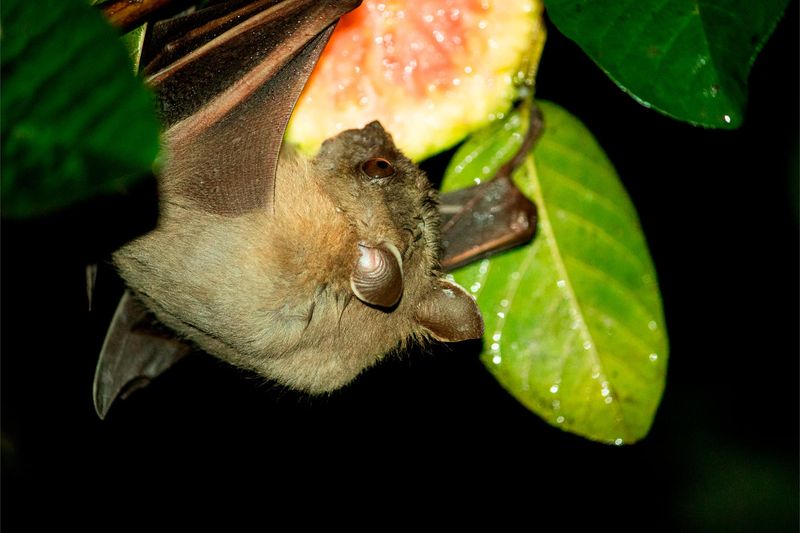
With over 1,400 species, bats boast a wide range of dietary preferences. While many feed on insects, playing a crucial role in pest control, others indulge in fruits, aiding in seed dispersal and plant pollination.
Some species even specialize in nectar, contributing to the health of specific flowering plants. This diversity in diet showcases the ecological importance of bats across different habitats.
By maintaining balanced ecosystems, bats support agriculture and the natural world. Understanding their varied diets helps us appreciate their role beyond the simplistic view of blood-sucking creatures.
Pollination Experts
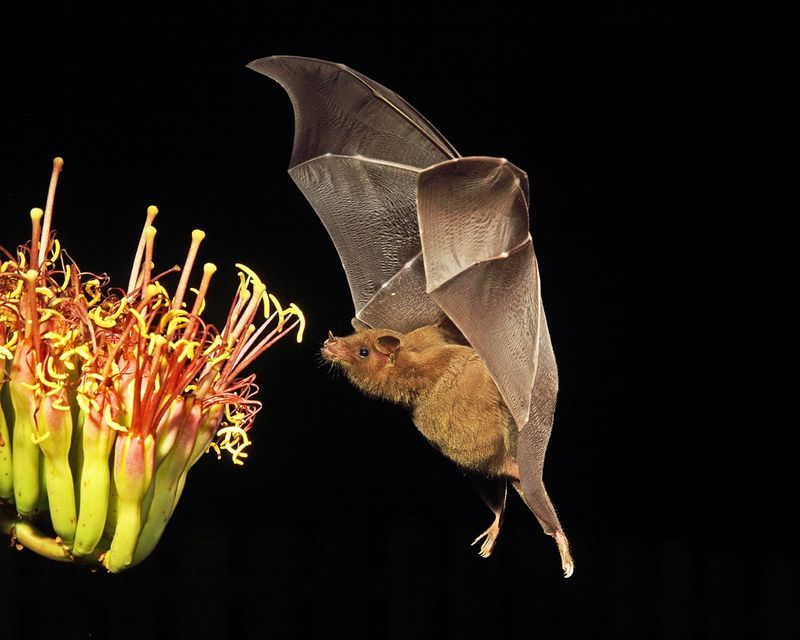
Bats are essential pollinators for over 300 plant species, including some that produce beloved foods like bananas, mangoes, and agave. Their nocturnal activity makes them perfect for pollinating flowers that bloom at night.
Unlike bees, bats can carry more pollen over longer distances, enhancing genetic diversity among plants. This unique role in pollination is crucial for the survival of many ecosystems.
Next time you enjoy a margarita, remember that bats may have played a part in its creation, as they are vital for agave plants used in tequila production.
Impressive Longevity
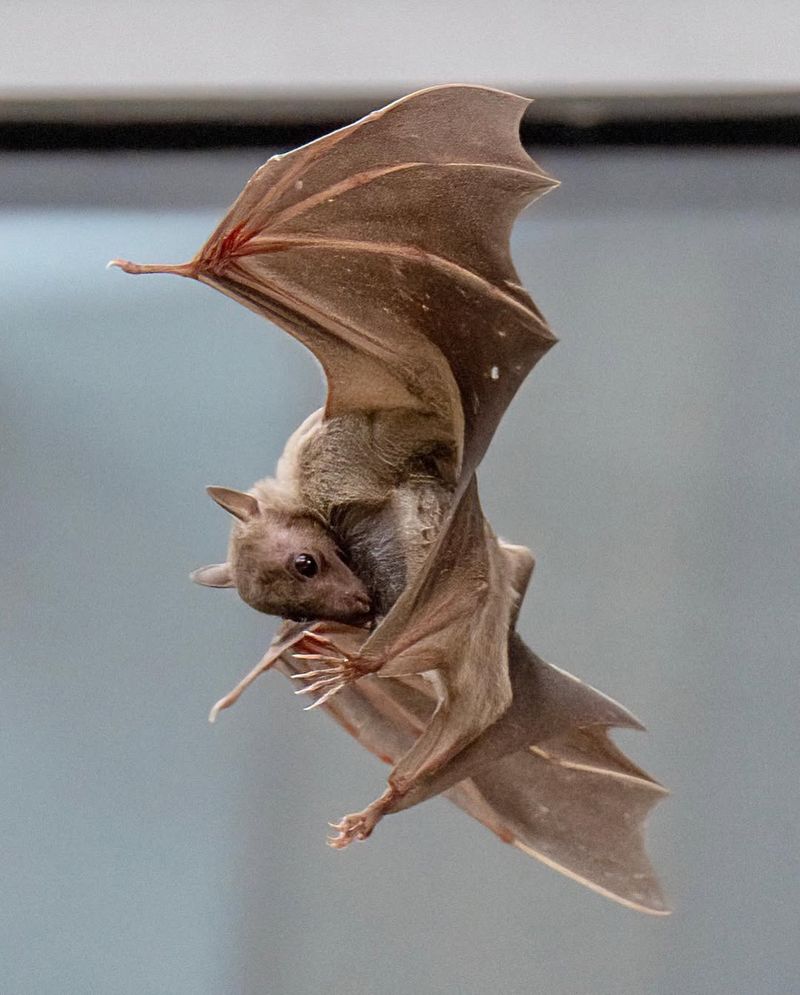
Despite their small size, some bat species can live for over 30 years, a rare trait among mammals of similar proportions. This longevity intrigues scientists who study bats to uncover secrets of aging and longevity.
Unlike many small animals with short lifespans, bats defy this trend, maintaining health and vitality well into their senior years. Research into their unique biology may one day provide insights into extending human lifespans.
Bats’ impressive longevity is yet another reason to value these extraordinary creatures, whose lives span decades in the shadows.
Social Creatures
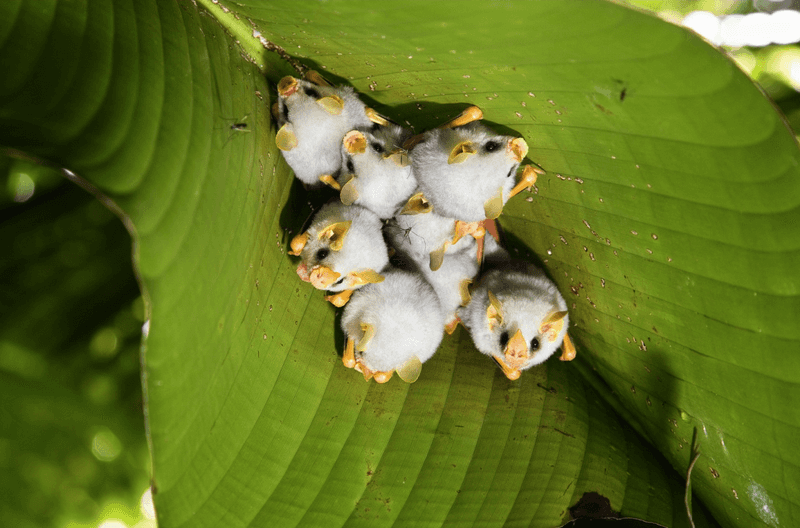
Bats are remarkably social animals, often forming large colonies that can number in the millions. These gatherings provide warmth, protection, and opportunities for social interactions.
Within these colonies, bats communicate through a variety of vocalizations and even learn from one another, displaying complex social behaviors. Their social nature helps them survive and thrive in various environments, showcasing their adaptability and intelligence.
Observing a bat colony reveals the intricate social dynamics that rival those of more traditionally admired mammals, highlighting their unique place in the animal kingdom.
Diverse Roosting Habits

Bats display a wide variety of roosting habits, choosing locations ranging from caves and trees to human-made structures like bridges and buildings. Their choice of roosting site often depends on species, climate, and availability of resources.
Some bats prefer solitary roosts, while others gather in large colonies. These sites provide shelter, protection, and a place to rear young.
Understanding their roosting habits is essential for conservation efforts, as habitat destruction poses a significant threat to bat populations. Their adaptability in finding roosts is a testament to their survival skills.
Incredible Flight Skills

Bats are the only mammals capable of sustained flight, possessing unique wing structures that allow for agile and efficient movement through the air. Their wings are highly flexible, enabling them to maneuver quickly and precisely in pursuit of prey.
This ability to fly with such skill sets bats apart from other flying animals, such as birds and insects. The evolution of their flight capabilities has equipped them with the means to exploit nocturnal niches, making them successful hunters and foragers.
Their flight is a marvel of evolutionary engineering, inspiring awe and admiration.
Vampire Bat Feeding Habits

Vampire bats, known for their unique feeding habits, primarily consume blood from livestock. Unlike horror movie depictions, they make small, precise incisions to drink blood without harming their host.
Their saliva contains anticoagulants to prevent clotting, allowing them to feed efficiently. This specialized diet requires sophisticated adaptations in their digestive systems.
Although their feeding habits may seem unsettling, vampire bats play a role in controlling livestock diseases by feeding on sick animals, indirectly benefiting the ecosystem. Understanding their behavior reveals a complex web of interactions within their environment.
Hibernation Masters
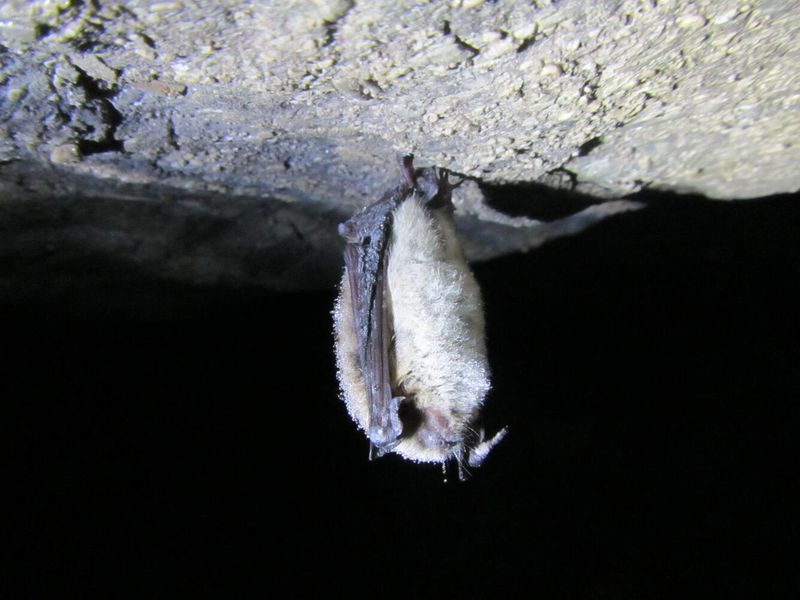
During winter, many bat species enter hibernation, a state of reduced metabolic activity that allows them to survive without food for months. This adaptation is crucial in temperate climates where insect prey becomes scarce.
By lowering their body temperature and slowing their heart rate, bats preserve energy until conditions improve. Some species even migrate to find suitable hibernation sites, demonstrating their resilience and adaptability.
Hibernation is a fascinating aspect of bat biology, showcasing their ability to thrive in varying environments. This survival strategy emphasizes their evolutionary success and ecological importance.
Unique Mating Rituals
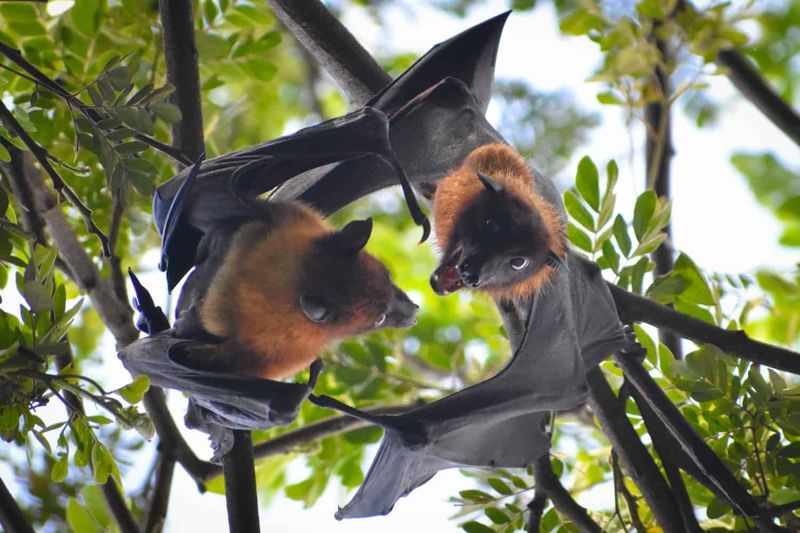
Bats exhibit intriguing mating rituals that vary widely among species. Some engage in elaborate courtship displays, while others rely on vocalizations to attract mates.
Certain species practice delayed fertilization, storing sperm for months before fertilizing eggs, ensuring birth during optimal conditions. These diverse reproductive strategies highlight the complexity of bat biology and their adaptation to different environments.
Mating rituals play a crucial role in maintaining genetic diversity and population health. Exploring these behaviors offers insight into the intricate lives of bats, revealing the depth of their social and reproductive systems.
Threats from Disease
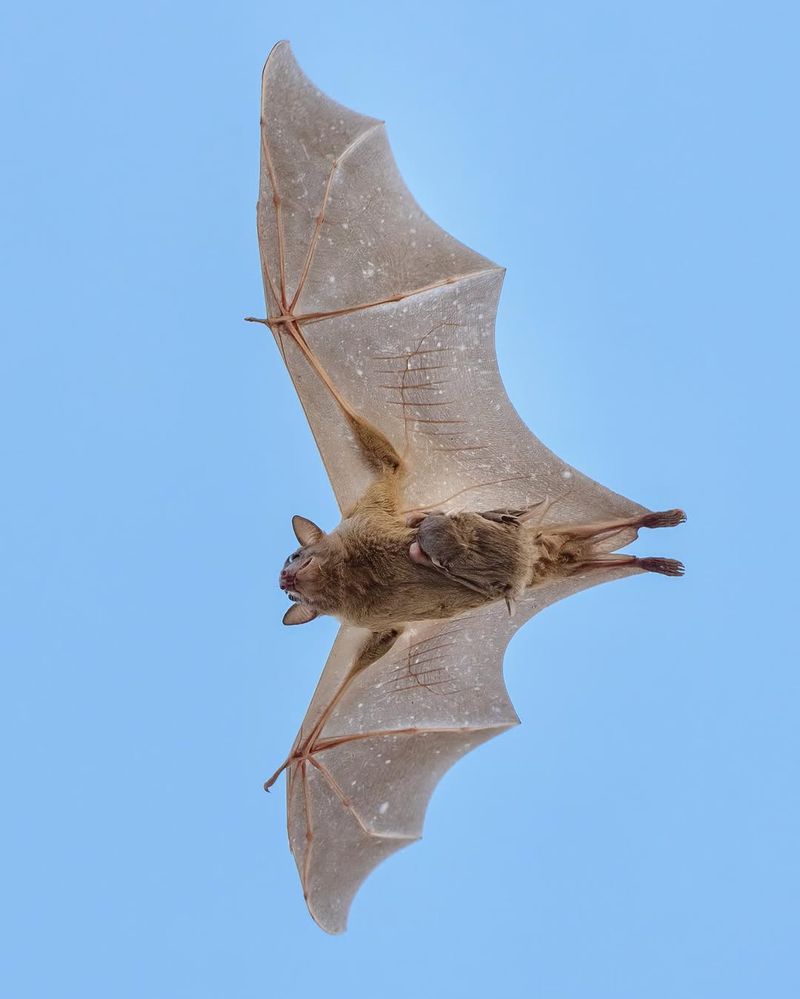
Bats face significant challenges from diseases such as white-nose syndrome, a fungal infection that has devastated populations in North America. This disease disrupts hibernation, leading to starvation and death.
Conservationists are working tirelessly to understand and combat this threat, employing strategies like habitat protection and research into disease-resistant species. The impact of disease on bats underscores the delicate balance of ecosystems and the importance of maintaining biodiversity.
Raising awareness about these threats is vital for the preservation of bats, whose ecological roles are irreplaceable. Collaborative efforts continue to seek solutions to protect these vital creatures.
Role in Pest Control
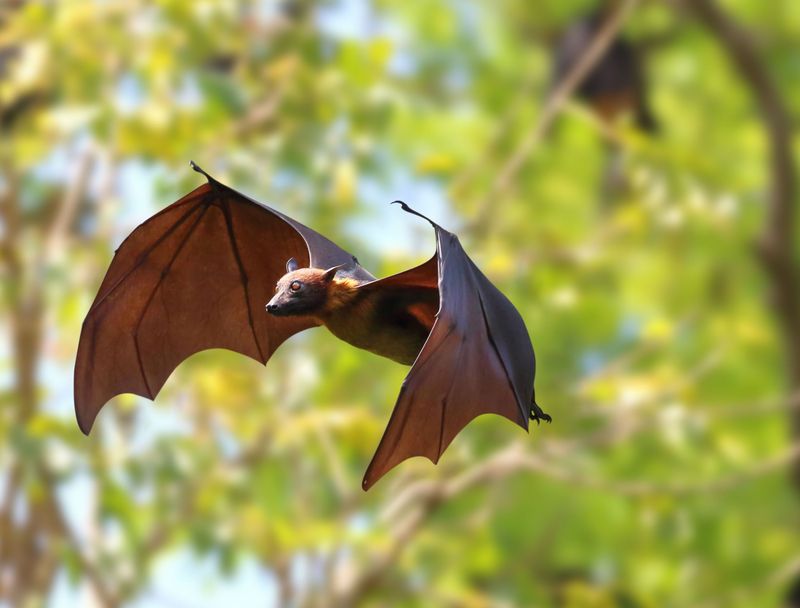
Bats are natural pest controllers, consuming vast quantities of insects nightly. This dietary habit benefits agriculture by reducing the need for chemical pesticides, promoting healthier crops and ecosystems.
Some species can eat their body weight in insects in just one night, highlighting their efficiency as predators. By controlling insect populations, bats contribute to a balanced ecosystem, demonstrating their essential ecological function.
Understanding this role encourages greater appreciation and conservation of bats, whose presence ensures a healthier environment for humans and wildlife. Their value as pest controllers is a testament to their importance in the natural world.
Diverse Species

With more than 1,400 species, bats display incredible diversity in size, shape, and behavior. From the tiny bumblebee bat, weighing less than a penny, to the large flying foxes with impressive wingspans, bats occupy a wide range of ecological niches.
This diversity reflects their adaptability and evolutionary success in habitats worldwide. Bats’ varied appearances and behaviors inspire fascination and underscore their ecological importance.
Recognizing the diversity among bat species helps dispel myths and fosters a deeper understanding of their roles in ecosystems. Their adaptability and variety make bats one of the most intriguing groups of mammals.
Advanced Communication

Bats use a complex system of communication involving vocalizations, body language, and even scent. These methods help them navigate social hierarchies, find mates, and coordinate group activities.
Some species possess unique calls that allow them to recognize individual members within a colony, showcasing their advanced social structures. This ability to communicate effectively is a testament to their intelligence and social organization.
Understanding bat communication offers insight into their complex social lives and reinforces their status as highly evolved mammals. Their communicative abilities rival those of more traditionally recognized intelligent animals, highlighting their uniqueness.
Adaptation to Urban Environments

Bats have shown remarkable adaptability by thriving in urban environments where natural habitats are scarce. They roost in buildings, bridges, and other structures, finding food in parks and gardens.
This adaptability highlights their resilience and ability to coexist with humans. Urban bats play essential roles in controlling insect populations and pollinating city plants, contributing to urban biodiversity.
Their presence in cities challenges perceptions of them as purely wild animals, demonstrating their ability to thrive alongside human development. Encouraging urban bat conservation can enhance biodiversity and support healthier urban ecosystems.
Positive Cultural Symbolism

In many cultures, bats are seen as symbols of good luck, wealth, and longevity. In Chinese culture, the bat is associated with happiness and prosperity, often depicted in art and folklore.
This positive symbolism contrasts with Western perceptions of bats as creatures of darkness and fear. Recognizing the cultural significance of bats enhances our appreciation of their diverse roles in human history and mythology.
Embracing these positive associations can shift perceptions and encourage conservation efforts. By viewing bats through different cultural lenses, we gain a richer understanding of their place in the world.

